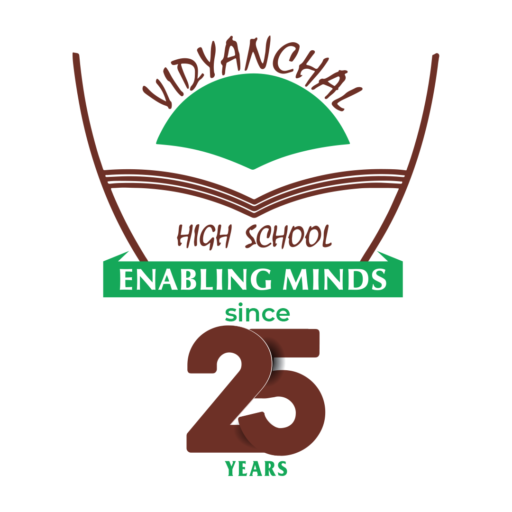Attention Strategies In The Classroom To Get Your Students’ Attention
Introduction:
Getting and keeping children’ attention in a busy classroom full of curious young minds can be a difficult but important endeavor for teachers. Actively involving students in the learning process improves their understanding and creates a supportive learning atmosphere. In this blog, we’ll look at some of the best attention-grabbing techniques teachers may use to keep their students’ attention and foster active, collaborative learning.
- Start with a Hook:Start each lesson with a captivating hook that piques the interest of your students. Use stimulating queries, captivating anecdotes, or relevant multimedia stuff. This initial involvement prepares the pupils to actively participate in the following learning activities.
- Variety in Teaching Methods:Using a range of teaching techniques will help you avoid being monotonous. Mix lectures with group discussions, practical exercises, visual aids, and tech-based tools. Employing varied strategies guarantees that every student feels involved and motivated because different students have different learning preferences.
- Active Participation:Encourage your students to participate actively at all times during class. Ask open-ended questions, promote discussion, and give students freedom to express their viewpoints. Students pay closer attention and are more involved in the learning process when they believe their contribution matters.
- Use Humor:A dash of humor can be a great attention-getter for students. Share witty one-liners, pertinent memes, or amusing anecdotes on the topic. Laughter lightens the mood in the classroom and enhances learning.
- Include Real-World Connections: Connect the lesson’s material to current affairs and everyday occurrences. Students are more engaged when teachers show them how the material is relevant to life outside of the classroom.
- Active Learning Activities: Include interactive exercises and instructional games in your lessons. Quizzes, role-plays, simulations, and educational apps can all be used to reinforce the learning objectives while also making learning enjoyable.
- Breaks and Movements:Recognize that pupils’ attention spans vary and that they could profit from brief breaks and physical activity. To re-energize and redirect their attention during these interruptions, including movement-based activities or stretching exercises.
- Set Up Clear Expectations: From the start, establish clear expectations for behavior and participation. Students are more engaged when they understand what is expected of them, which is made possible by a well defined framework and classroom norms.
- Use Visual Cues:Employ eye-catching images to enhance your teaching, such as charts, posters, and multimedia presentations. Visual signals help pupils who learn best visually and reinforce the information being presented.
- Peer Interaction: Encourage peer interaction by promoting it through group projects and collaborative activities. Group discussions and problem-solving exercises help students stay involved and benefit from the knowledge that they may provide.
Conclusion:
In order to promote an atmosphere of active learning and enthusiastic student participation, attention methods must be used in the classroom. Teachers may make sure that students stay engaged and focused throughout the learning process by beginning with an attention-grabbing hook, utilizing a variety of teaching techniques, and promoting active participation. Keep in mind that engaging instruction fosters lifetime learning that improves academic success. So go ahead and try out these techniques to establish a learning environment where curiosity and knowledge bloom.
